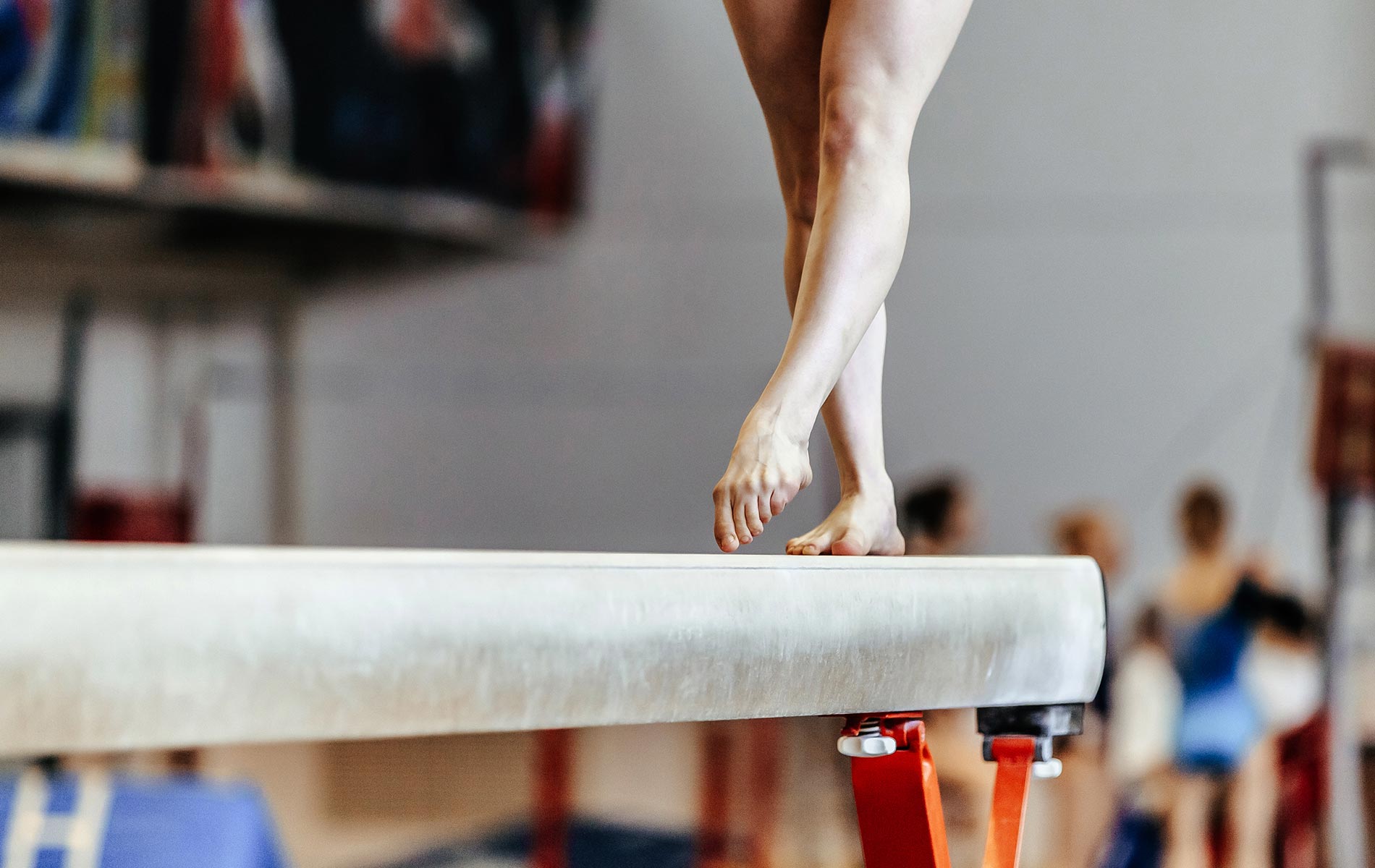Prevalence and Risk Factors for Gymnastics Injuries

Gymnastics injuries – Gymnastics is a demanding sport that requires high levels of strength, flexibility, and coordination. As a result, gymnasts are at an increased risk of injuries.
The world of gymnastics is a physically demanding one, and injuries are unfortunately common. Gymnasts put their bodies through a lot of stress, and this can lead to a variety of injuries, including sprains, strains, and fractures. One of the most serious injuries that a gymnast can suffer is a dicello injury.
Dicello injuries are caused by a tear in the anterior cruciate ligament (ACL), and they can be very debilitating. ACL injuries are often treated with surgery, and the recovery process can be long and difficult. However, with proper treatment, most gymnasts are able to return to their sport and continue competing.
The prevalence of injuries in gymnastics varies depending on the level of competition and the specific discipline. However, studies have shown that gymnasts have a higher risk of injury than athletes in other sports.
The relentless pursuit of perfection in gymnastics often exacts a heavy toll on the athletes’ bodies. Injuries, both acute and chronic, are an unfortunate reality of the sport. One such gymnast who has faced the challenges of gymnastics injuries is Kayla Dicello.
Her story, available at kayla dicello , highlights the resilience and determination required to overcome these setbacks and continue striving for excellence in the face of adversity.
Risk Factors, Gymnastics injuries
There are a number of risk factors that can contribute to gymnastics injuries, including:
- Training intensity: Gymnasts often train for long hours, which can put stress on their bodies and increase their risk of injury.
- Equipment: The equipment used in gymnastics, such as the uneven bars and the balance beam, can be dangerous if not used properly.
- Age: Younger gymnasts are more likely to experience injuries than older gymnasts.
Proper Technique and Conditioning
Proper technique and conditioning can help to reduce the risk of gymnastics injuries. Gymnasts should be taught how to perform exercises correctly and should be gradually exposed to more challenging skills.
Conditioning exercises, such as strength training and flexibility training, can help to strengthen the muscles and joints and reduce the risk of injury.
Common Types of Gymnastics Injuries

Gymnastics is a demanding sport that requires a high level of strength, flexibility, and coordination. However, this also makes gymnasts susceptible to a variety of injuries. The most common types of gymnastics injuries include:
- Ankle sprains are the most common injury in gymnastics, accounting for up to 50% of all injuries. They occur when the ankle is twisted or rolled, causing the ligaments that support the ankle to stretch or tear.
- Wrist fractures are another common injury in gymnastics, accounting for up to 25% of all injuries. They occur when the wrist is bent or twisted in an unnatural way, causing the bones in the wrist to break.
- Shoulder dislocations are a serious injury that can occur when the shoulder is forced out of its socket. This can happen during a fall or when the gymnast is performing a move that puts excessive stress on the shoulder.
The symptoms of a gymnastics injury can vary depending on the type of injury. However, some common symptoms include pain, swelling, bruising, and difficulty moving the injured area.
The treatment for a gymnastics injury will also vary depending on the type of injury. However, some common treatments include rest, ice, compression, and elevation (RICE); physical therapy; and surgery.
Injury Prevention and Management Strategies

Gymnastics is a physically demanding sport that can lead to various injuries. Implementing effective injury prevention and management strategies is crucial for gymnasts to maintain optimal health and performance.
Injury prevention involves adopting proper training techniques, engaging in thorough warm-ups and cool-downs, and incorporating strength and conditioning exercises into the training regimen. These measures help prepare the body for the demands of gymnastics, reduce the risk of injuries, and enhance overall physical resilience.
Management of Injuries
When injuries do occur, prompt and appropriate management is essential. Rest is crucial for allowing the injured tissues to heal. Rehabilitation plays a vital role in restoring range of motion, strength, and function. Gradual return-to-play protocols should be followed to minimize the risk of re-injury and ensure a safe and successful return to gymnastics.